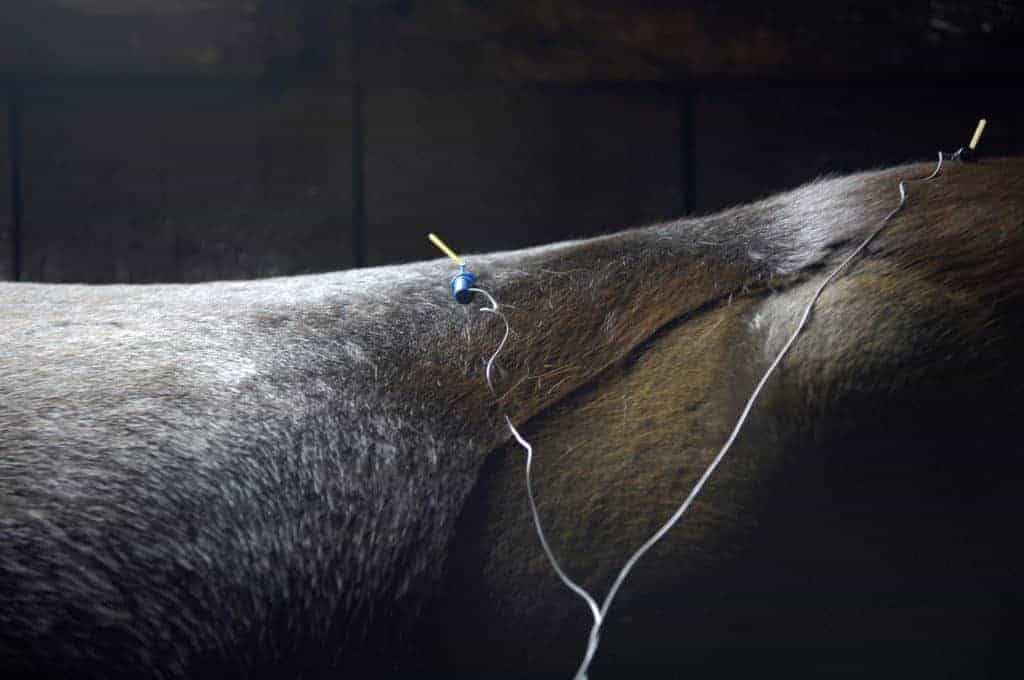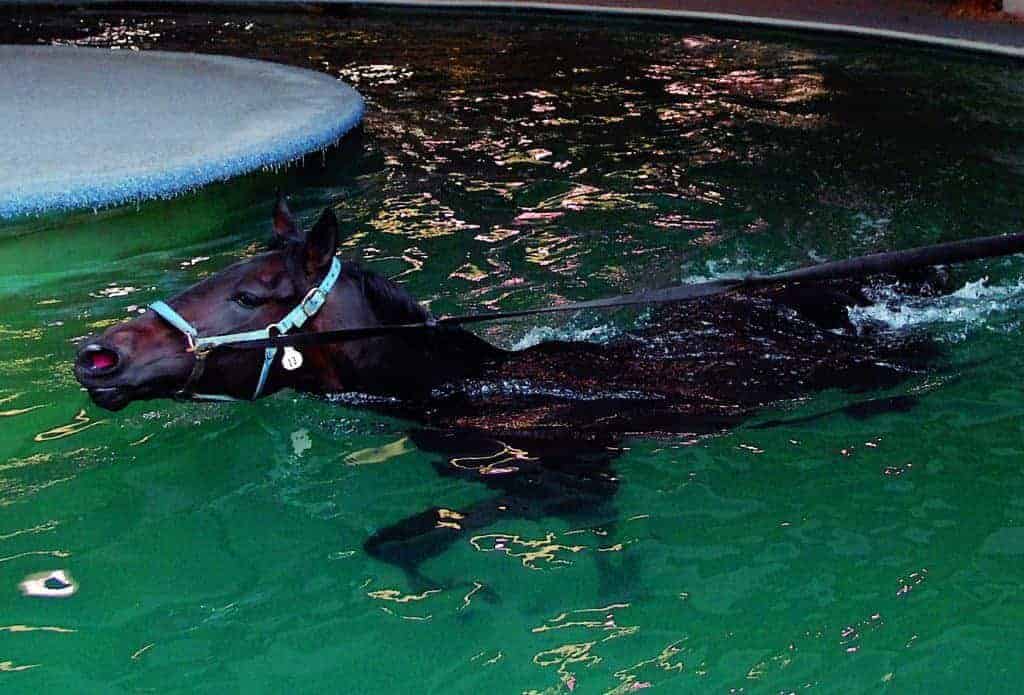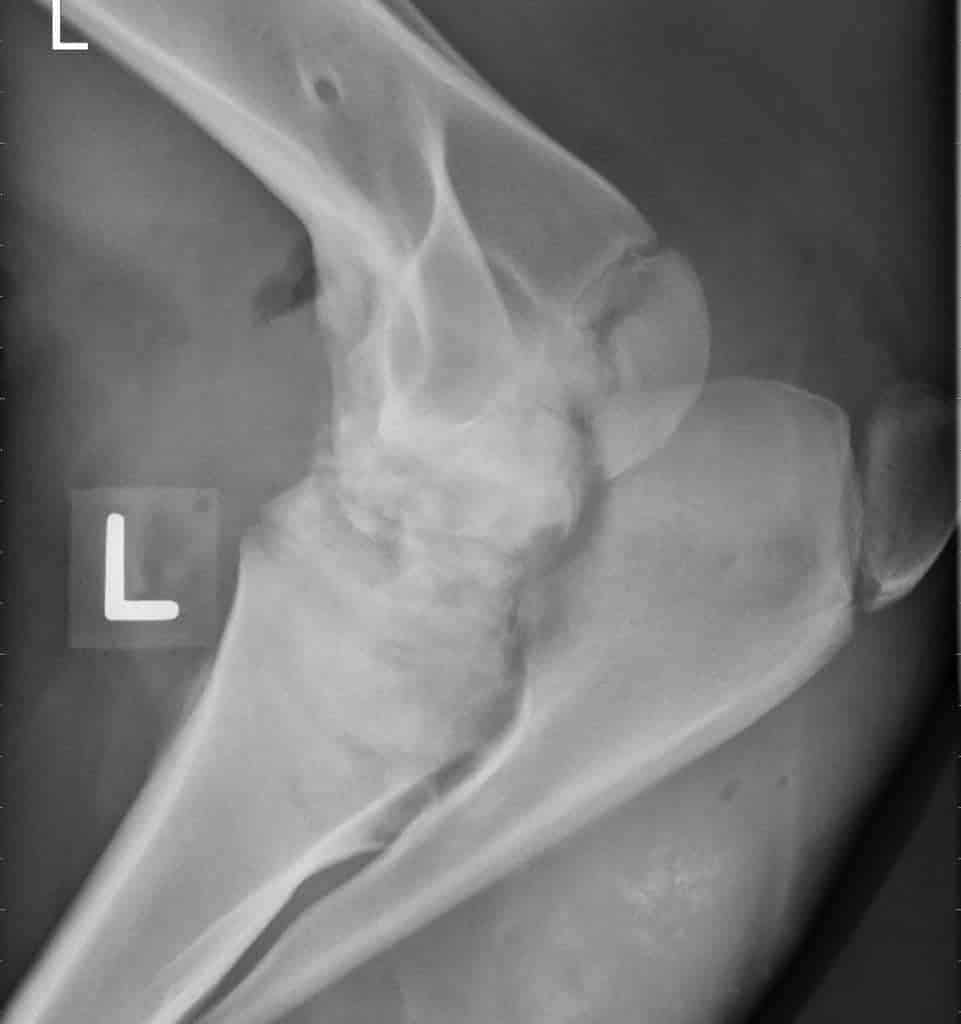
Acupuncture and Managing Pain in Horses (AAEP 2011)
Clinical trials still yield a mixed bag of results for acupuncture’s efficacy in treating equine ailments.

Clinical trials still yield a mixed bag of results for acupuncture’s efficacy in treating equine ailments.

Researchers have discovered ways to identify horses that might be predisposed to fracturing their limbs.

Previous studies failed to achieve in horses what are considered therapeutic tramadol plasma levels in humans.

A physical therapy program is owner- and horse-intensive in terms of time and energy for successful outcomes.

Despite their ghastly appearance most jaw fractures can be repaired relatively easily in a field setting.

Veterinarians can prescribe aquatic therapy in the form of swimming pools or underwater treadmills.
Mixed study results indicate more research is needed to determine dosing frequency and therapeutic window.

Treatment goals should be to aid in performance without eliminating the joint’s natural response to injury.

Kissing spines are more likely to cause clinical problems in certain breeds, disciplines, and age groups.

Topical anti-inflammatories, hyaluronic acid, and shock wave therapy are among the popular treatment options.

A thorough physical examination and tailored therapeutic approach can help relieve equine neck and back pain.
Topics discussed included diagnostic methods, types of back pain, kissing spines, and treatment methods.
Attendees discussed the horse’s overall work program, assessment, conditioning strategies, and more.
Topics discussed included soft tissue injuries, post-operative and posttrauma care, and neck and back pain.
The racing industry is making significant progress in identifying causes for equine injuries, two vets agree.
Attendees discussed hoof lameness, club feet, track surface’s effect on lameness, back and neck pain, and EPM.
Stay on top of the most recent Horse Health news with
"*" indicates required fields